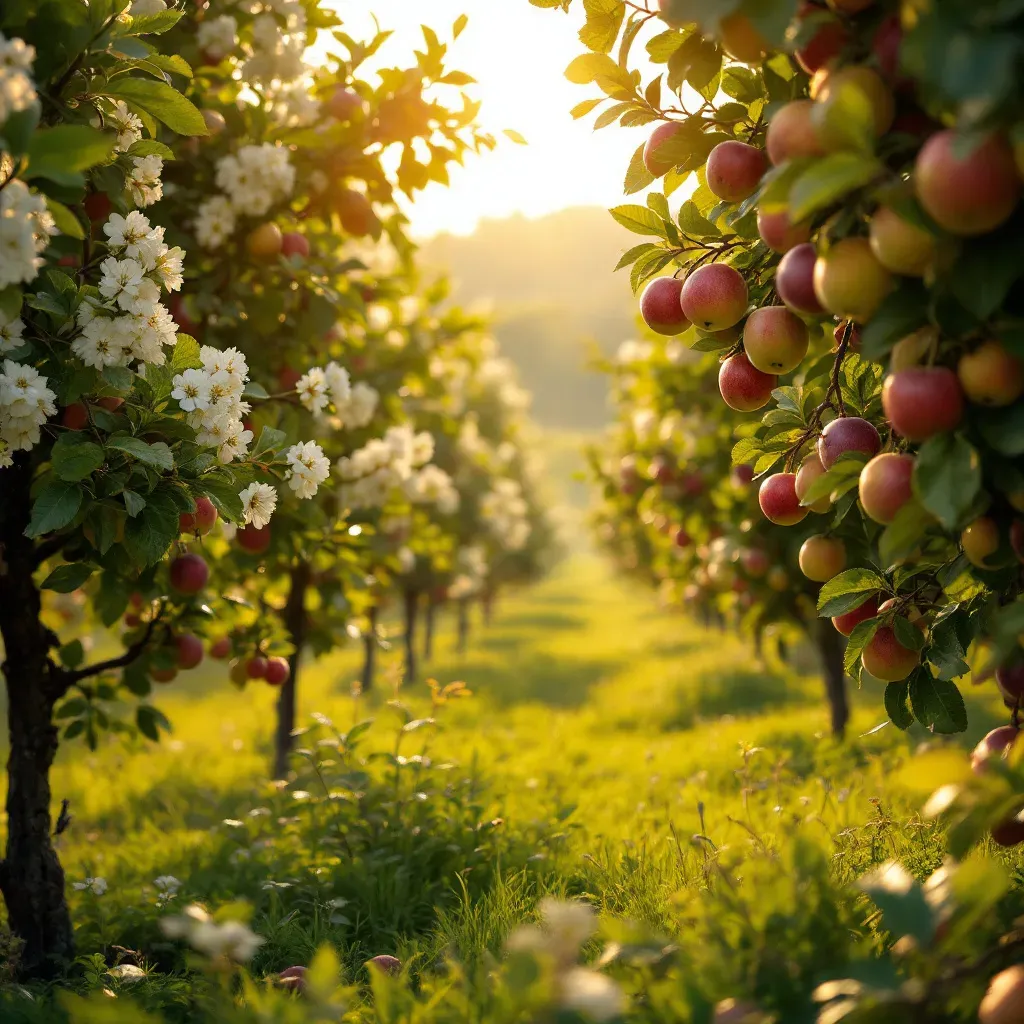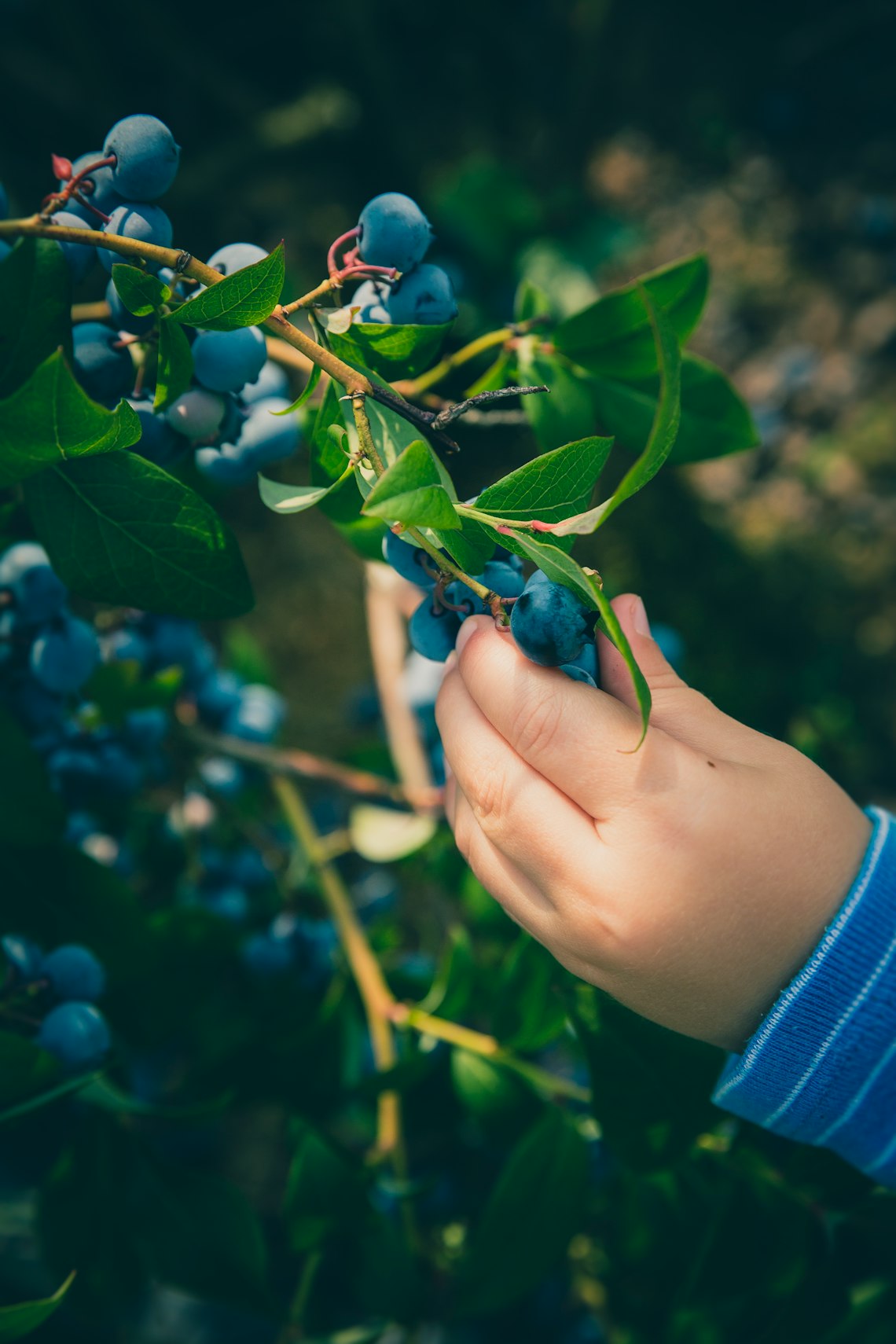Fruit trees play a pivotal role in sustainable agriculture by enhancing agroforestry practices, boosting food security, and promoting biodiversity. Their importance cannot be overstated as they provide multiple ecological and economic benefits, helping create a resilient agricultural system for future generations.
Integrating Fruit Trees in Agroforestry
Agroforestry is the synergistic integration of trees and shrubs with crops or livestock. By incorporating fruit trees into these systems, farmers can enhance productivity and environmental stability. Fruit trees contribute to soil health through nutrient cycling and erosion control, and their shade regulates microclimates, which improves the growth conditions for understory crops.
Furthermore, fruit trees offer diversified income streams and food products, making farming systems more resilient to market fluctuations and climate change.
Benefits of Fruit Trees in Agroforestry
- Soil Enrichment: Fruit trees decompose organic matter, releasing essential nutrients that enrich soils.
- Water Conservation: The root systems of fruit trees help retain water in the soil, reducing the dependency on irrigation.
- Habitat for Wildlife: They provide habitat and food for birds, insects, and other wildlife, promoting biodiversity.
Enhancing Food Security
Fruit trees directly contribute to food security by offering a reliable source of nutrition-rich produce. Fruits are key dietary components, providing vitamins, minerals, and fibers that are essential for human health. Moreover, by stabilizing incomes and reducing vulnerability to crop failure, fruit trees bolster the economic aspect of food security.
Impact on Local and Global Food Systems
At the local level, community-based fruit tree projects empower small-scale farmers to produce a variety of foods while preserving their cultural heritage. Globally, diverse fruit crops contribute to the fight against malnutrition, aligning with numerous sustainable development goals.
Supporting Biodiversity with Fruit Trees
Fruit trees enhance biodiversity by creating diverse habitats and increasing plant species variety. They act as keystone species in agroecosystems by maintaining ecological balances and facilitating pollination services, essential for both wild and cultivated plants.
The promotion of diverse fruit species in agricultural landscapes supports genetic diversity, which is critical for adapting to pest pressures and climatic extremes.
Strategies for Promoting Biodiversity
- Plant a variety of indigenous and exotic fruit trees to create a rich tapestry of biodiversity.
- Encourage intercropping with fruit trees to boost ecosystem services.
- Integrate conservation practices that protect tree species and their natural habitats.
In conclusion, the integration of fruit trees in sustainable agriculture systems like agroforestry enriches soils, sustains water cycles, enhances food security, and supports biodiversity. By adopting these practices, communities can work towards a more resilient and sustainable future, ensuring food security and ecological balance.
To delve deeper into related topics, explore resources on permaculture benefits and biodiverse farming practices that complement the role of fruit trees in sustainable agriculture.




